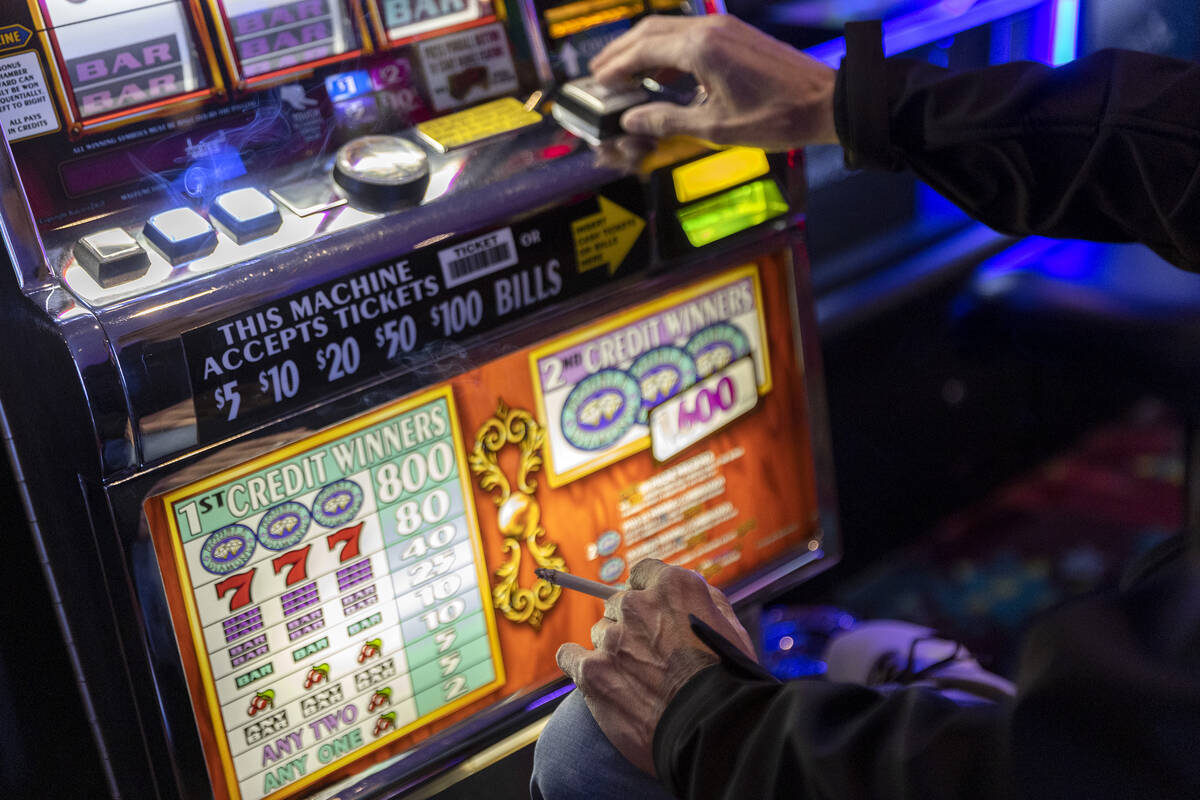You may have heard that the way to a man’s heart is through his stomach. And judging by my father’s gift-buying habits in the 1970s, he seems to agree with that statement.
My parents were married in 1976. A few months before their wedding, my late father, Michael, gave my mother, Mary, two cookbooks for her birthday. Both contained instructions for wives and mothers on how to feed their families. Optimistic, right?
I was asked to cook as if we were in the 1970s and see how it compares to today. Of course, my mother’s old cookbooks immediately spring to mind. Even though I grew up in the 1990s, those recipes remained part of my childhood and shaped the dinners and cakes I fondly remember.
Mam comes to my house with two well-worn books by Marguerite Patten, a cook who rose to fame in Britain during the Second World War and became one of the first “celebrity chefs” with her practical advice. I have more source material than I can handle.
I enjoy cooking from scratch so this is a fun experiment, but I realize that for the average cook 50 years ago it was a labor-intensive task with little to no shortcuts. There was also little attention paid to the amount of sugar and fat, both of which fell under the label of “food is fuel.”
Convenience often wins out when cooking and on busy days, especially work days, I supplement my menu with frozen ingredients, ready meals and the odd takeaway. And of course, I chose a busy work day to put these recipes and my lifestyle to the test.
Dietitian Kathryn Stewart of the Dublin Nutrition Centre (dnc.ie) says a key focus of 1970s cooking was community, whether cooking a family meal or hosting a dinner party. “In the ’70s, more cooking was done at home. People ate together, whereas now people come in at different times of the evening and eat different dishes,” says Stewart.
She points out that dinner parties were more common than going to a restaurant, let alone ordering food through an app. Moreover, the evolution of our cooking and eating habits is likely a consequence of today’s equal employment opportunity, which provides more disposable income for going to restaurants while simultaneously making seven days of intensive cooking unbearable in many households.
“Today, more women are working, and that’s a positive thing. The ready meals we have are really helpful,” says Stewart. “In the 1970s, the man was more likely to go to work and the woman was at home or working fewer (hours), so her job was to cook the food.”
Since the 1970s, processed foods have replaced many ingredients and even dishes, but Stewart points out that “processed” doesn’t necessarily mean “bad.”
“Not all processed foods are ‘unhealthy,'” she says. “Canned tomatoes are healthier than fresh tomatoes because they have more antioxidants. Milk is processed, so it’s pasteurized. There’s a lot of focus on processed foods at the moment, but they’re convenient and a lifeline for many people.”
Love for lard
Some of the dishes in the cookbooks I borrow are bizarre, some are retro, and some just look gross.
One ingredient keeps cropping up: lard, which is made from the fatty tissue of a pig. Lard is not readily available in Ireland today, but I prefer to use a beef fat substitute.
Good luck finding a low-calorie spray in those cookbooks. In the 1970s, portions were big, calories were high, and animal fat was the go-to for greasing the pan—and more.
I linger in horror over a recipe for Lardy Cake, recoiling at the ingredients, including 100g of lard. I begin to wonder if this is why the average life expectancy was 10 years lower then than it is today.
Breakfast
In the 1970s, quick and easy breakfasts already existed, from cornflakes to good old porridge. However, cooked breakfasts were becoming more popular and, as I needed to use up some eggs, I decided to make baked eggs with mushrooms.
I spread 25g of animal fat between four ramekins and put them in the oven to melt. As I slice some mushrooms, I realise that I haven’t chopped any vegetables in a while – a slight arthritis in my dominant hand means I always have a supply of pre-cut and frozen vegetables from the supermarket to use when needed.
This quick fix is a modern luxury that most 1970s cooks couldn’t afford, so I’m back to chopping. The mushrooms are added to the ramekins, followed by an egg cracked into each ramekin. It only takes a few minutes to prepare and cook, so I feel like I’ve got off to a good start, and my protein-rich breakfast keeps me full for several hours.
I love the taste of eggs anyway and they are a staple for breakfast at my house, but I was relieved to discover a new delicious combination with mushrooms. I will make this delicious mixture again.

Lunch
A simple sandwich is a great way to fuel me when my stomach is growling at lunchtime. On the day of this experiment, I’m working from home, but as I chew my ham and cheese sandwich (made with white bread and lots of butter, of course), I realize that if I worked in the office, I probably would have packed a sandwich anyway.
A modern lunch that I prefer, however, is leftovers from the previous night’s dinner. This too seems 1970s-appropriate given the size of some of the dishes, but how many offices had a microwave to heat up food in?
Snacking
Snacking during the day is easy, 1970s style, and as a tea drinker anyway, I find it suits me very well. A cup of tea and a simple biscuit – think Digestive, Rich Tea or Marietta – keeps hunger at bay between meals and provides an energy boost.
Stewart says we have more beverage options today compared to the 1970s. “People tended to focus on milk, tea and water for their drinks, whereas now there are sports drinks, energy drinks and more fruit juices.”
Dinner
I swear by the most 2020s kitchen appliance: the air fryer. I chose a classic bacon recipe that I would normally make in my air fryer. Although my 1976 cookbook suggests several ways to prepare it, I know how my mother would have done it, so I get out the pot to cook the meat.
The advantage of boiling in this case is that the recipe doesn’t call for lard, something Stewart also admits. “When you’re boiling meat, there’s less of a tendency to add fat to cook it,” she says, adding that fattier cuts of meat may have been cheaper and more readily available 50 years ago.
I get to work peeling the potatoes. In the 1970s, ready meals started to appear on shop and supermarket shelves, so there were alternatives like Smash, an instant mashed product made from potato granules. However, I remain loyal to cooking from scratch, even though my hand hurts from peeling potatoes and Aldi’s microwaveable mash stings from the fridge.
I fill a second pot with chopped cabbage and cook it alongside the meat. The 30 minutes of cooking time the recipe calls for ensures that my cooked cabbage is very malleable, just the way my mom likes it.
The result is a nostalgic dinner that takes me back to my childhood kitchen table. Is it a dinner I would happily cook in 2024? Not with my full-time work schedule, the main difference between me and Marguerite Patten’s target audience.
Although she offers a lot of practical advice on her pages, it is primarily aimed at full-time wives and mothers. In her introduction, she writes that “most women and some men have to cook for themselves or their families, and interesting cooking and good food make a great contribution to enjoyment of life and good health.”
It is unlikely that Patten could have foreseen that a few decades after the publication of her books, not only would women assume the dominant position in many workplaces, but also that many more men would not only need to cook for themselves and their families, but also need to enjoy doing so.
Dessert
Dinner is filling, I’m exhausted from cooking and working on top of my normal workday, so I decide not to make dessert from scratch this time. I could open a can of fruit cocktail instead, but a popular product from the 1970s is still on the shelves: Angel Delight, a dessert powder.
After spending the whole day cooking everything myself, I’m happy to accept this pink, fluffy and practical dish. Anything is better than “lardy cake”, that’s for sure.




